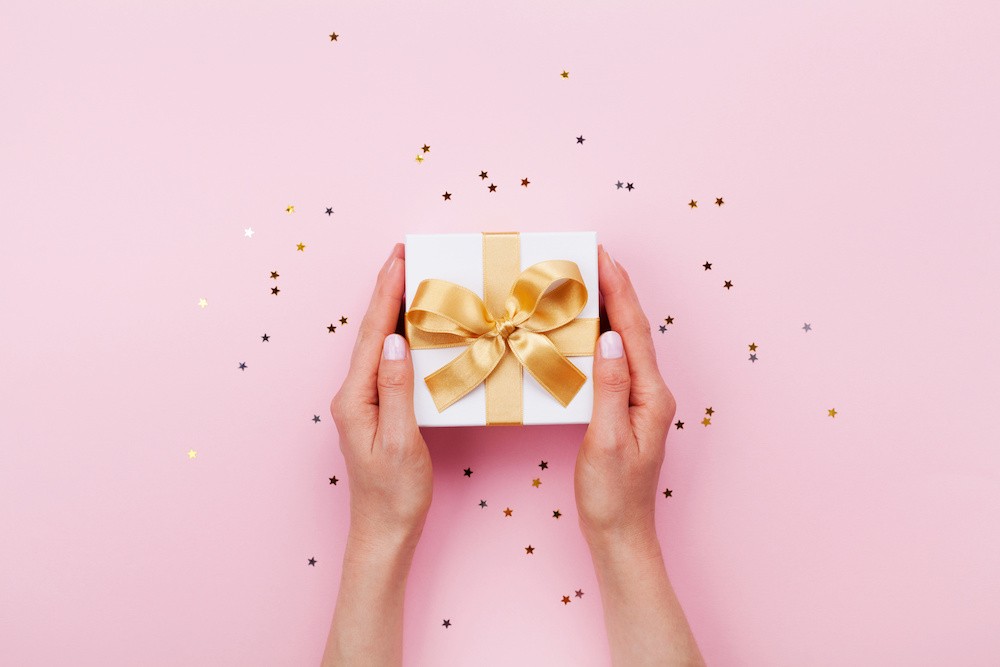Insights >
Tips for creating a marketing plan for Japan: Jan – Mar 2023


New: Japanese Consumer Behaviour – 2025 report | download for FREE >>


In Japan, the beginning of the year is a special time – New Year’s Day is one of the most celebrated holidays, and post-Christmas sales keep the stores busy. In order to ensure the new year starts with a bang, there are also a lot of unique factors brands should consider when putting together a complete marketing calendar for 2023.
In this article, we go through the first months of the year (January – March) in Japan, and outline major events you should include in your marketing plan, as well as the keywords that are typically on the rise during this time.

1st January is one of the biggest holidays in Japan. Oshōgatsu – the Japanese New Year – has many unique customs. Many households participate in traditions like visiting a local temple at midnight and eating elaborate osechi ryōri, the New Year’s Day meal consisting of a selection of small dishes that all symbolise good fortune. Most of the preparations are done in advance throughout the month of December, so people can enter the new year calmly. Once the celebrations are over and life goes back to normal, a special shopping tradition begins.
Table of Contents
Fukubukuro are special bags full of goodies from store catalogs that people can purchase for a set price. The trick? People do not know what is inside the lucky bags! They are sold with a substantial discount during the first week of January, and many eager buyers head to the stores in hopes of snatching a good deal. Nowadays, lucky bags can be found in most shops across the country, from retail, department stores, and ecommerce websites, to restaurants and cafes. This is a great way for businesses to liquidate their remaining stock and prepare space for new collections.
Seijinshiki – Coming of Age Day – is observed on the second Monday in January. It is a public holiday, when 20-year-olds around the country celebrate their entry into adulthood. Festivities include ceremonies held at local prefectural offices, and after parties with family and friends. It is tradition for young men and women to dress in suits and traditional kimono during that day.
Popular keywords:
January is also known for winter sports. Skiing, snowboarding, and other outdoor activities are particularly popular during this time. Many people plan trips to top winter destinations like Niseko in Hokkaido.The season peaks from mid-January to late February. With COVID-19 restrictions lifted, we can expect the travel industry to be especially busy during this time in 2023, as many international tourists will be heading to Japan to enjoy the winter scenery.
Popular keywords:
People also search for:

Just like in many countries around the world, Japanese people celebrate Valentine’s Day, and the country goes crazy about chocolate during this time. Chocolate makers in Japan take advantage of the opportunity as it is said that they make around half of their yearly profits during this period.
While Japanese people do celebrate Valentine’s Day, it comes with a little twist. Contrary to what we may be accustomed to, it is the girls who approach boys with gifts. Boys then return the favour one month later on White Day, which we will discuss later on. There are a lot of types of chocolate popular during this time: honmei choco (for the person you are in love with), giri choco (for family members or coworkers), tomo choco (for friends), and jibun choco (a little sweet gift you give yourself).
Popular keywords:
February is also the time for strawberries! It may sound surprising, but there are a lot of strawberry fairs around the country (like Yokohama Strawberry Fair), and many hotels organise strawberry buffets. Fresh fruit, strawberry-flavoured desserts and candy is all the hype.
Popular keywords:
People also search for:

Hinamatsuri, also known as Doll’s Day, is a Japanese religious holiday observed on 3rd March. It is a celebration dedicated to girls, when parents pray for the happiness and good health of their daughters. People usually celebrate by holding parties and preparing traditional dishes like clam soup, sweets made from rice and sugar, or rice cakes. Families also decorate their houses with hina dolls who are believed to protect girls from evil and misery.
Popular keywords:
As we mentioned earlier, Japanese people celebrate White Day on 14th March, exactly one month after Valentine’s Day. It is when people return gifts to those who approached them during Valentine’s. It was first observed in Japan in 1978, and since then has spread to other Asian countries as well. Popular gifts include food items like chocolate, marshmallows, or cookies, as well as ‘white’ accessories such as bags, skincare products, jewellery, and lingerie.
In Japan, spring symbolises the beginning of shinseikatsu – the ‘new life’ cycle. April is when the new financial year begins, and many people move across the country to start new jobs or university education. Hence, March is the time of busy preparations for big life changes. People search for moving services, furniture and appliances for new apartments, and clothes to refresh their wardrobes. Farewell and thank-you gifts for close friends or family are also popular during this time. A lot of businesses take advantage of this period, running ‘new life’ campaigns. ‘Early bird’ or ‘bulk-buy’ deals are a common occurrence during this time.
Popular keywords:
21st March marks the first day of spring, and sakura cherry blossoms begin to blanket the country in pink. It is one of the most popular times for tourists to visit Japan. We can expect an increased amount of traffic in 2023, which will be the first time in 3 years since foreigners are able to enter the country without restrictions. The first blooming trees appear at the end of March, when people begin to do hanami, picnics, BBQs, and parties under sakura trees. Businesses do not ignore this time and launch limited edition sakura-themed collections, menus, and events.
Unfortunately for some, blossoming flowers also mean the beginning of hay fever season. People start looking for symptoms and remedies, and buy home appliances that help clean the air of pollen.
Popular keywords:
People also search for:
There are a number of unique holidays and events in Japan that are not observed anywhere else in the world. In order to create a well-rounded marketing plan, it is crucial to include these in the calendar. This will help your business to approach the correct audience at the perfect time. At DMFA, we can help you analyse the market and design a custom marketing plan according to your needs. Please get in touch to schedule a free consultation.